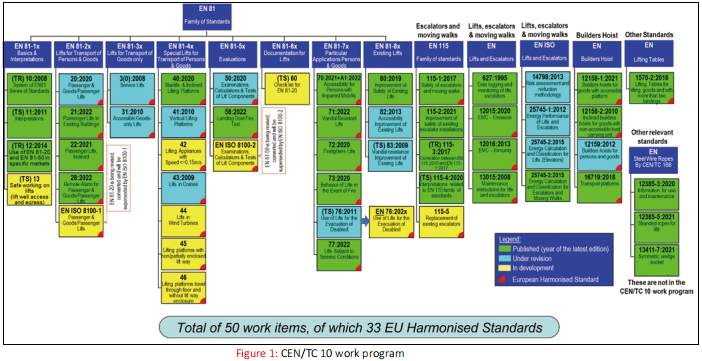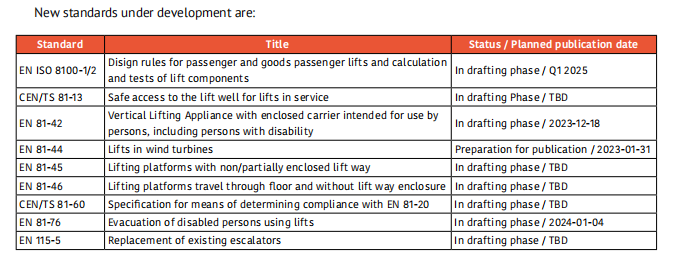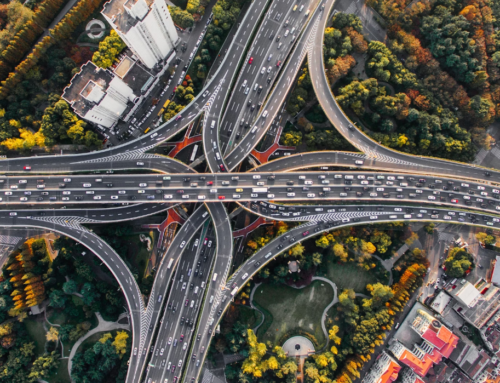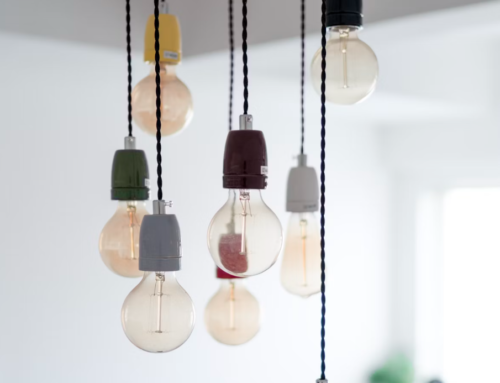China Standardization Magazine had an interview with Mr Esfandiar Gharibaan, Chairman of CEN/TC 10 and Vice President of Codes and Standards in KONE Corporation. The main topic is about EU Harmonised Standards Improve Safety of Lifts, Reduce Costs and Facilitate Trade. The interview will be uploaded in three parts. Here in the following is the first part of the interview.
Based on your years of international work experience, what are the main developmental trends of the global lift and escalator industry in the coming years?
Esfandiar Gharibaan: Safety remains the most important topic of standardization. We continuously revise our standards to reflect the state of the art in safety for design and operations. Sustainability is another key focus point. In the past, for lifts and escalators, our focus has been on energy efficiency, and we have a set of international standards (EN ISO 25745-1/2/3) for this. However, international as well as national standardization organisations are developing many standards which address the life cycle of the products. Those standards may not directly cover lifts and escalators, but they will certainly have influence on these products. While we, as the lift industry, are following and participating in developing those standards, we are also considering whether specific standards may need to be developed on the subject of sustainability for lifts and escalators.
As more and more lifts and escalators are being connected to the Internet and other networks, another important topic is digitalization, and more specifically, connectivity. There has been a giant lip in the standardization for Internet-of-Things (IoT) and Machine-to-Machine (M2M) connectivity in general. Those standards affect lifts and escalators as well, but considering the specificities of lifts and escalators products, we need specific standards, at least for some aspects of the connectivity for these products. A good example is cybersecurity. And I am happy to see that ISO 8102-20 has been published recently. We may extend the work to other aspects as the needs are being identified and the technologies are maturing.
There have been extensive efforts to align, converge and harmonise requirements for lifts and escalators as defined by the national standards. This technical harmonisation among countries around the world greatly facilitates circulation of safe products and improves trade among those countries. ISO standards, when adopted by each country, provide an ideal means for such harmonisation. We see that more and more standards are developed at the ISO level with much input and contribution from the ISO members. It is important to note that there is a close cooperation between CEN and ISO and many of the standards from one organisation are adopted by the other and there are several joint projects on-going.
In view of these developmental trends, what are the plans and tasks of CEN/TC 10 today and in the future?
CEN/TC 10 has developed many standards (see Figure 1) which are being used internationally. The immediate task is to revise and update those standards in line with the latest technological and regulatory changes. Technical harmonisation remains a key objective. We are working closely with ISO/TC 178 to make sure that the new items for standardization are developed as the global standards and avoid parallel or repetitive work in CEN or ISO. This is especially important for the digitalization and connectivity standards, where other markets, in particular China, are much more experienced than the European market and we can benefit from that experience. We are also considering moving several EN standards, such as EN 81-70, to become global ISO standards. We closely follow the regulatory and standardization activities on the topic of sustainability and in cooperation with the industry associations determining the relevance and impact for the lift industry and decide on the new work items in the future.
Which new standards can be expected soon? What key role will they play in the industry?
The current work program of CEN/TC 10 is shown in the Figure 1.


Source: China Standardization Magazine, 1st issue, 2023.




